The Ignatian Way recreates the journey on foot that Saint Ignatius of Loyola made in 1522 from the Basque Country to Manresa. The route starts at his birthplace, in the sanctuary of Loyola (Azpeitia, Guipúzcoa), and ends at the Cave of Manresa, where the saint lived a strong spiritual experience.
In this way, the route will allow you to discover the great natural and cultural diversity of the five territories it crosses(Euskadi, La Rioja, Navarre, Aragon and Catalonia). In total, it covers about 700 km, which can be done in 27 stages.
The last stages of the Ignatian Way go through the Terres de Lleida and Central Catalonia, crossing the regions of Segrià, Pla d’Urgell, Urgell, Segarra, Anoia and Bages. The 183 km before reaching the Cave of San Ignacio, in Manresa, allow you to enjoy a spiritual and introspective journey and, at the same time, discover the attractive natural areas, towns and cities you pass through.
In addition, one of the peculiarities of this route is that it is quite well signposted, so you will not have any problem to go through it. In any case, we recommend that you continue these tips to do the Camino well.
Stages of the Ignatian Way
The same land that welcomed the pilgrim Ignatius of Loyola hosts today the seven stages of the Ignatian Way in Catalonia, a route that will allow you to know in depth the landscapes, towns and cities through which you will pass.
You will discover Lleida, Cervera, Igualada and Manresa, cities rich in heritage and spiritual references, taking the opportunity to rediscover your inner self and at the same time connect with the world around you. Here are the stages:
Fraga-Lleida (33 km)
The Ignatian Way enters Catalonia 9 km from Fraga, following the remains of the royal road of Aragon, a legacy of theRoman Via Augusta. The first Catalan village you will find is Alcarràs, where the church of the Mare de Déu de l’Assumpció and the centenary holm oak stand out, a monumental tree located between Vallmanya and the
Coscollar. Following the course of the Segre and after a not inconsiderable 33 Kms of Camino, you will arrive to Lleida, a city with a great pilgrim tradition, crossing the river through the Pont Vell.
There we recommend you to visit the Seu Vella de Lleida. The old cathedral is an important Romanesque-Gothic building that dominates the city from the top of a hill, where you can visit the cloister, the interior of the temple and the bell tower.
Lleida-El Palau d’Anglesola (22.7 km)
In Lleida, apart from the Seu Vella, the historic centre stands out, with monuments such as the Palau de la Paeria, the Seu Nova (the first neoclassical building in Catalonia) or the Hospital de Santa Maria. The path leaves the town and heads towards Bell-lloc d’Urgell. After crossing some fields, fruit trees and olive trees, you will reach the village of El Palau d’Anglesola, where your stage ends after 22.7 km of the Way.
In this area you can find the Les Garrigues Oil Route. It is especially recommended to do this route in autumn, when you can observe the production process in the many local cooperatives. It is a 100% Arbequina extra virgin olive oil that you can taste in any of the towns you pass through.
El Palau d’Anglesola-Verdú (24.7 km)
From El Palau d’Anglesola the path runs parallel to the Canal d’Urgell, one of the great works of hydraulic engineering in Catalonia, built in the 19th century. After crossing the municipalities of Castellnou de Seana and Bellpuig, where you can visit the convent of Sant Bartomeu You will arrive at Verdú, where you will be welcomed by the beautiful church of Sant Miquel to enjoy your well-deserved rest after 24.7 km of the Way.
During this stage it is advisable to make a stop in Bellpuig to get to know in depth the convent of Sant Bartomeu, declared a Cultural Asset of National Interest in 1985. It is a Franciscan convent built in the 16th century, with a cloister in flowery Gothic style, and with Renaissance elements and capitals full of filigree.
Verdú-Cervera (16 km)
In this short stage of 16 km you will visit Verdú, Tàrrega and Cervera, three towns rich in historical heritage. In Verdú you can discover its castle, its church and its black pottery workshops. In Tàrrega you can walk through the historic centre, see the bell tower and the palace of the Marquises de la Floresta. And lastly, in Cervera, it is essential to visit the church of Santa Maria, the wall, the Paeria and the University. The University was built in the 18th century and its Baroque façade, the three interior courtyards and the auditorium stand out.
Cervera-Igualada (37 km)
37 km separate the cities of Cervera and Igualada through a pleasant route that visits small villages such as Vergós, Pallerols, Santa Maria del Camí, Jorba or Sant Genís and ends in the city of Igualada. You will see that in this long stage some sections coincide with the route of the N-II road, but for the most part this route will take you through fields of crops, dry stone margins and expanses of olive and almond trees. Don’t miss the opportunity to visit one of the most important leather and leather goods museums in Europe: The Leather Museum. The Cal Boyer factory and the old Cal Granotes tannery make up this fantastic museum complex.
Igualada-Montserrat (26.8 km)
The silhouette of the legendary mountain of Montserrat will guide your steps to the monastery of the same name. From Igualada, the route goes to Castellolí and, after the ascent to the top of Can Massana, it enters the Natural Park of Montserrat Mountain to reach the hermitage of Santa Cecília and then the monastery through the famous ‘camí dels Degotalls’.
If you like the mountains and you still have strength left after 26.8 km of the Camino, this is the place for you. Museum of Montserrat the Montserrat mountain declared a natural park in 1987, is a paradise for lovers of hiking and climbing.
Montserrat-Manresa (23.5 km)
The last stage of the Ignatian Way descends to the hermitage of Sant Cristòfol, in the municipality of Castellbell i el Vilar. In several sections you will coincide with the old Pilgrims’ Way from Montserrat to Manresa, with the Catalan Way of St. James and with the Abbot Oliba’s Way. But finally and after 23.5 km you will arrive in Manresa. In the capital of Bages, the basilica of Santa Maria, the old part of the town and the Cave of Saint Ignatius This is the place where Ignatius of Loyola came from Montserrat in 1522, where he spent more than 10 months in this gallery. His place of prayer was the cave where the present Spirituality Centre is located.
Signage and accommodation
Like all the other Caminos that lead to Santiago de Compostela, this Camino has its own brand to guide pilgrims. In this case it is also about arrows, but varying the color. Be guided by the orange arrows that you will find on your way. Nowadays both the signposting and the infrastructures have improved a lot for the pilgrim, so it is more and more known for those who decide to do it on foot or by bicycle.
As for accommodation, along the route you will find both public and private hostels and in the most notable cities you can stay if you wish in hostels and guesthouses and even in hotels. Remember that as with the Camino de Santiago, the Ignatian Way has its own credential that can provide accommodation in hostels or town halls if the pilgrimage is certified by the stamping of the credential at least once per day walked. These credentials have a symbolic price of 0,5 € and the stamps can be obtained in any institution (town hall, social centre…) or local (bar, shop, hostel…) of the towns that are crossed. You can pick up your credential at any of the institutions linked to the Ignatian Way.
Tips
Lastly, we would like to give you some advice before embarking on this adventure. The first of these is the choice of time of year to do the Ignatian Way. It is advisable to do this walk in spring or autumn, as in summer it will be too hot and in winter temperatures drop inland.
Secondly, you must plan the stages well and schedule the Camino taking into account your time, economic and physical fitness limits. The point is not to do it in the shortest time possible, but to enjoy this adventure. Plan well the arrival points and get information about the accommodations where you have the possibility to stay. You can find useful information in the official Guide of the Ignatian Way and on the website www.caminoignaciano.org.
Third and last, prepare your backpack well or if you’re cycling your kit for this trip, better safe than sorry. Minimize the weight of your backpack and make sure it is comfortable and well balanced.
If you dare after reading this post to do this beautiful way, we wish you ¡Buen Camino!

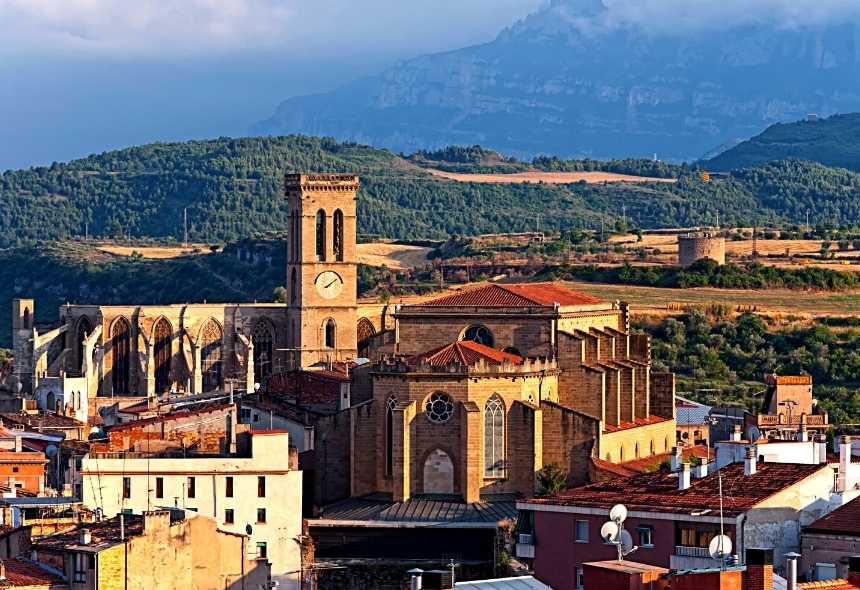
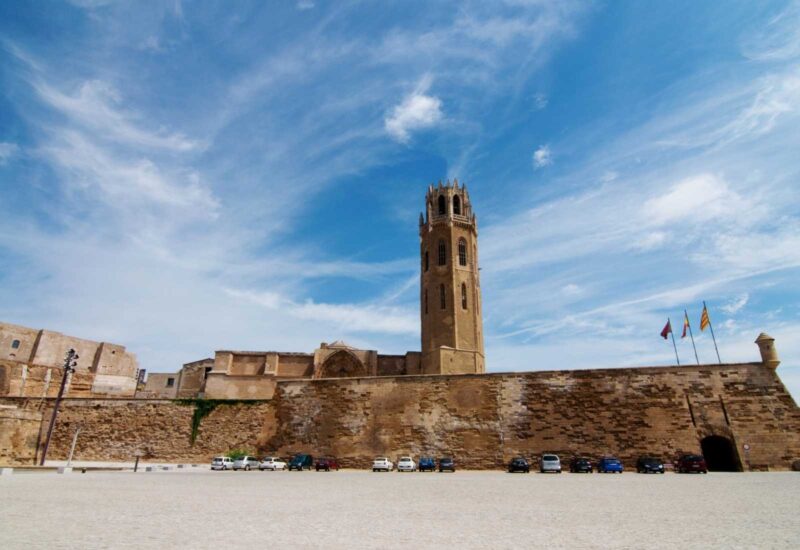
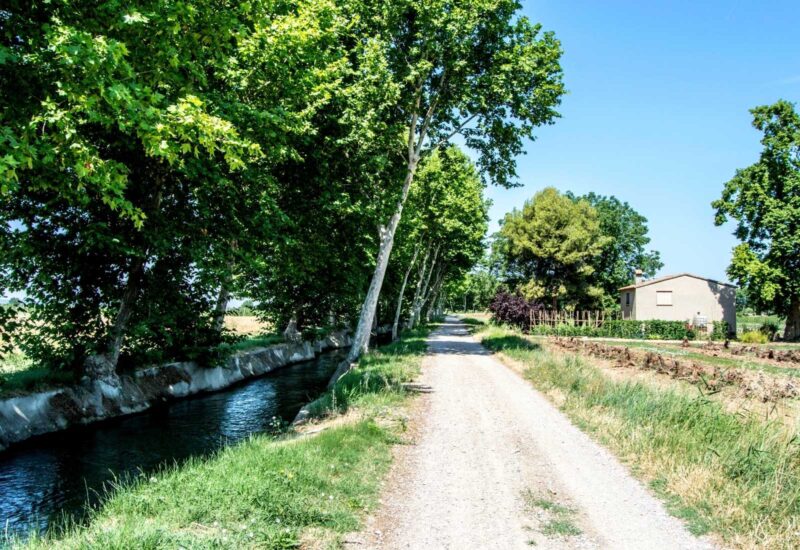
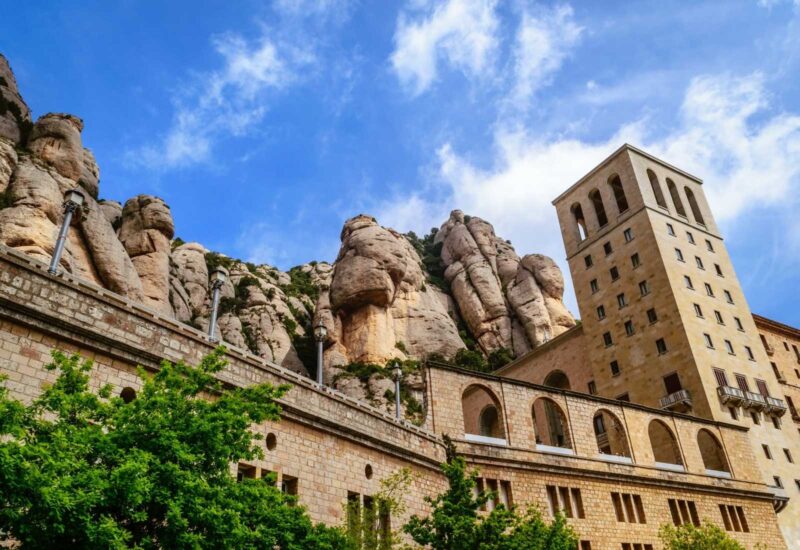
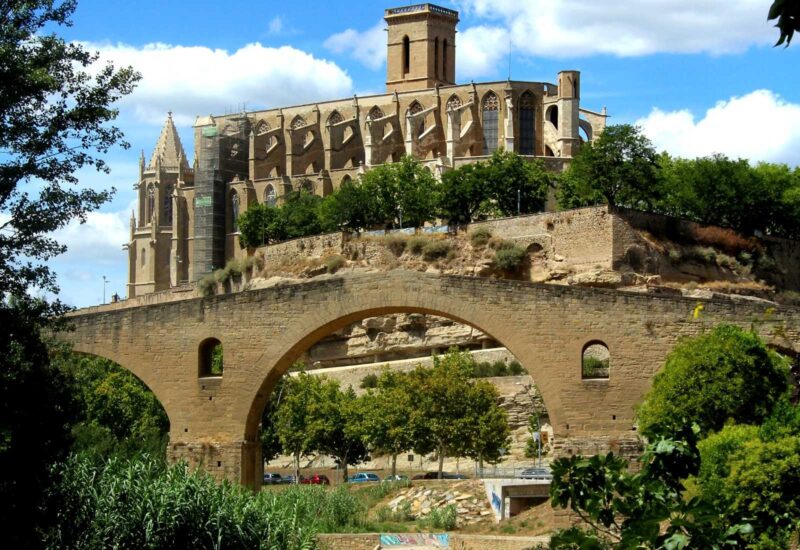




Leave A Comment